 By Shanker Man Singh
By Shanker Man Singh
This year India observed 26 January as her 73rd Republic Day. India is celebrating independence since she was liberated from British rule and promulgated a republican constitution.
India is Nepal's immediate neighbour, therefore, tolerance and diligence are required from both countries. Due to Nepal and its geographical proximity and close cultural and economic ties, India attaches great importance to very close, friendly relations.
Apart from ethnic, cultural, and religious ties, the two countries have similar views on many notable international issues. SAARC, BIMSTEC, BBIN, United Nations have added some more areas for the two countries to work together to achieve the goal of collective self-reliance in the region.
Both Nepal and India are members of major international organizations and share common views and interests on most international issues. High-level visits of the then President of India and the three times visit of Prime Minister of India Narendra Modi to Nepal should be taken as a sign of goodwill and good cooperation.
Nepal and India have been cooperating in the national development of both countries in a wide range of areas including exploitation of water resources, trade and transit system, health, infrastructure, education, and training. This partnership has contributed to the well-being of the people of both countries and has further enhanced the relationship and the changes in the governments of both countries have not made any difference in the depth of friendship that they both enjoy.
New areas of cooperation are constantly being added while maintaining the dynamics of friendship and mutual trust.
Indian PM Narendra Modi came to power in 2014. He made it clear to his Bharatiya Janata Party and country that foreign policy would be paramount during his tenure. Among them was the then Prime Minister of Nepal Sushil Koirala.
After that, Modi visited Nepal in August 2014 and started a bilateral visit to the neighboring countries. PM Modi visited Nepal for the first time in 17 years after IK Gujral's visit in June 1997. Otherwise, the Indian PMs had visited Nepal only to attend the regional or multilateral meetings. During PM Modi's visit, both sides commended the formation of a Border Working Group entrusted with the responsibility of constructing, rehabilitating, and maintaining border posts. Nepal and India instructed their foreign secretaries to "work on the remaining border issues, including Kalapani and Susta," while New Delhi urged Kathmandu to "agree on 98 per cent of the border and sign a preliminary map."
It remains to be seen how the bilateral relations with Nepal, which have been strained for the past two years due to border disputes, will be resolved through bilateral talks. During the tenure of the then Prime Minister KP Sharma Oli, a new political and administrative map of Nepal was released by incorporating Nepali land Limpiyadhura, Lipulek, and Kalapani by amending the constitution with the consent of all parties. It remains to be seen how the bilateral relations with Nepal, which have been strained for the past two years due to border disputes, will be resolved through bilateral talks.
After Modi openly announced the construction of a road in Lipulek on Nepali land, people are saying that India led by Narendra Modi is again playing with the sentiments of Nepali people by disrupting Nepal's sovereignty.
India has been occupying Nepali territory in western Nepal since 1962. Although Nepal has been raising this issue vigorously lately, India is ignoring it and building infrastructure there. India has stated that it has conveyed its views on the Nepal-India border dispute to the Government of Nepal.
The Indian Embassy in Kathmandu has issued a statement stating that the Government of India's position on the Indo-Nepal border has remained public and clear. India has said that border issues can be addressed on the basis of close and friendly bilateral relations. "We believe that the intergovernmental mechanisms established between the two countries are the most suitable medium for dialogue and dialogue," the Indian embassy said in a statement.
The Government of Nepal, the main opposition parties UML, Congress, Maoists, RPP, and other parties have stated that they are paying serious attention to the construction of roads and other structures on Nepali soil by the Indian side. They believe that India is unilaterally constructing a road in the Kalapani area of Nepali land Lipulek and the issue disclosed by Indian Prime Minister Narendra Modi was serious, objectionable and against Nepali sovereignty. It is mentioned in the statement that the structure was formed contrary to the agreement reached between the two countries to resolve the border dispute and other issues through diplomatic channels at the meeting of the Nepal-India Joint Commission.
The statement also reminded Kalapani, Lipulek and Limpiyadhura are integral parts of Nepal and a political map covering these areas was made public last year. UML has also demanded an immediate cessation of road construction and other activities that could jeopardize Nepal's sovereignty, geographical integrity, and self-respect. The Government of Nepal had tried to hold bilateral talks to resolve the border dispute through diplomatic channels.
Also, three years after the report was prepared by the Eminent Person’s Group (EPG), which was formed to suggest a review of the treaty between Nepal and India, the Indian side has shown reluctance to receive it.
India has been reluctant to understand the report, sometimes using the Prime Minister's busy schedule as an excuse for elections. It may be recalled that the EPG was formed in 2073 BS to suggest a revision of treaties and agreements including Nepal-India 1950 as per the agreement reached at the Prime Minister's level.
In the last few years, the Nepal government has passed the Industrial Enterprises Act, Labor Act, SEZ Authority Act, FITA, Intellectual Property Act, Public-Private Partnership, and Investment Act. Similarly, the Government of Nepal has also implemented a new trade policy and Nepal Trade Investment Strategy (NTIS-2016). Nepal is confident that these new policies, including trade treaties, will help attract more Indian investment in various sectors such as infrastructure development, hydropower, tourism, ICT, etc., and Nepal has sought assistance from the Government of India.
Nepal-India relations have shown that they can move forward in any difficult situation. The meeting of the Joint Commission will review progress on economic partnership, trade and transit connectivity, energy and water resources.
Nepal needs to make the most of the economic and trade opportunities available in India but has not been able to do so due to weak productivity, inadequate infrastructure, low FDI, and lack of effective institutional mechanisms to address the impending problems. . Incompetent trade facilitation infrastructure, including complex laws and regulations, lack of coordination between trade and transport agencies, and inconsistent reporting of trade data, are seen as major obstacles. The absence of accreditation boards, and low margins of priority, IGC, seem more formal than business conformity as small-scale industries products are facing difficulties in export due to complications in the rules of origin criteria.
The definition of products should be in line with the provisions of Industrial Policy-2010. India's trade has grown significantly in the last one or two years. Nepal should take equal advantage. Trade and transit agreements should include transportation. Nepal should make optimal use of Visakhapatnam port and request Dharma port for transit transport in the future.
It is also necessary to form a committee comprising Nepali private sector business community and Indian business community to make recommendations to the government on policy, trade, transit, and day-to-day operations.
In the past, the recommendations of such forums have been well received by both governments. Laboratory testing facilities should be developed on both sides for food items.
The Government of India has been requested to assist in the construction of infrastructure with state-of-the-art technology to import Indian vegetables and fruits to Nepal. Similarly, Nepali Ginger, Tea, Large Cardamom, M.N. Cs like Dabur, Unilever products should have easy access to India with laboratory testing and excellent quarantine office.
Since unauthorized trade between Nepal and India has also had a negative impact on both countries, formal trade should be encouraged for the mutual benefit of both countries.
In favor of FDI, when we talk about Indian investment in Nepal, we should not only look at what we have achieved, we should also focus more on the possibilities and opportunities ahead. If projects like Pancheshwor, Arun III, Upper Karnali, and Koshi High Dam are completed, Nepal will be self-sufficient in energy and irrigation.
Last year, former Additional Secretary to the Government of India said, "It may be wise for India to reconsider its earlier principles of constitutional monarchy and multi-party democracy and to support the restoration of the 1990 constitution," "India has taken the line that these political conspiracies are Nepal's internal affairs," But there is no doubt that it is closely monitoring development.
To bless the Nepali Congress-CPN (Maoist) agreement reached in New Delhi in November 2005, India has not been able to receive a real dividend, politically or economically, which gave rise to the April 2006 agitation. The agreement to bring the Maoists into mainstream politics and to bring them to power later, mainly by the late Girija Prasad Koirala, convinced India that the King had violated his commitment to the constitutional monarchy by his coup d'tat on February 1, 2005. Misunderstandings also increase in small families, so it is natural to expect apprehensions when the relationship between the two countries is concerned. So the important issue is not whether the dispute arises or not; the key issue is how to address these issues and concerns quickly and effectively.
 By Shanker Man Singh
This year India observed 26 January as her 73rd Republic Day. India is celebrating independence since she was liberated from British rule and promulgated a republican constitution.
India is Nepal's immediate neighbour, therefore, tolerance and diligence are required from both countries. Due to Nepal and its geographical proximity and close cultural and economic ties, India attaches great importance to very close, friendly relations.
Apart from ethnic, cultural, and religious ties, the two countries have similar views on many notable international issues. SAARC, BIMSTEC, BBIN, United Nations have added some more areas for the two countries to work together to achieve the goal of collective self-reliance in the region.
Both Nepal and India are members of major international organizations and share common views and interests on most international issues. High-level visits of the then President of India and the three times visit of Prime Minister of India Narendra Modi to Nepal should be taken as a sign of goodwill and good cooperation.
Nepal and India have been cooperating in the national development of both countries in a wide range of areas including exploitation of water resources, trade and transit system, health, infrastructure, education, and training. This partnership has contributed to the well-being of the people of both countries and has further enhanced the relationship and the changes in the governments of both countries have not made any difference in the depth of friendship that they both enjoy.
New areas of cooperation are constantly being added while maintaining the dynamics of friendship and mutual trust.
Indian PM Narendra Modi came to power in 2014. He made it clear to his Bharatiya Janata Party and country that foreign policy would be paramount during his tenure. Among them was the then Prime Minister of Nepal Sushil Koirala.
After that, Modi visited Nepal in August 2014 and started a bilateral visit to the neighboring countries. PM Modi visited Nepal for the first time in 17 years after IK Gujral's visit in June 1997. Otherwise, the Indian PMs had visited Nepal only to attend the regional or multilateral meetings. During PM Modi's visit, both sides commended the formation of a Border Working Group entrusted with the responsibility of constructing, rehabilitating, and maintaining border posts. Nepal and India instructed their foreign secretaries to "work on the remaining border issues, including Kalapani and Susta," while New Delhi urged Kathmandu to "agree on 98 per cent of the border and sign a preliminary map."
It remains to be seen how the bilateral relations with Nepal, which have been strained for the past two years due to border disputes, will be resolved through bilateral talks. During the tenure of the then Prime Minister KP Sharma Oli, a new political and administrative map of Nepal was released by incorporating Nepali land Limpiyadhura, Lipulek, and Kalapani by amending the constitution with the consent of all parties. It remains to be seen how the bilateral relations with Nepal, which have been strained for the past two years due to border disputes, will be resolved through bilateral talks.
After Modi openly announced the construction of a road in Lipulek on Nepali land, people are saying that India led by Narendra Modi is again playing with the sentiments of Nepali people by disrupting Nepal's sovereignty.
India has been occupying Nepali territory in western Nepal since 1962. Although Nepal has been raising this issue vigorously lately, India is ignoring it and building infrastructure there. India has stated that it has conveyed its views on the Nepal-India border dispute to the Government of Nepal.
The Indian Embassy in Kathmandu has issued a statement stating that the Government of India's position on the Indo-Nepal border has remained public and clear. India has said that border issues can be addressed on the basis of close and friendly bilateral relations. "We believe that the intergovernmental mechanisms established between the two countries are the most suitable medium for dialogue and dialogue," the Indian embassy said in a statement.
The Government of Nepal, the main opposition parties UML, Congress, Maoists, RPP, and other parties have stated that they are paying serious attention to the construction of roads and other structures on Nepali soil by the Indian side. They believe that India is unilaterally constructing a road in the Kalapani area of Nepali land Lipulek and the issue disclosed by Indian Prime Minister Narendra Modi was serious, objectionable and against Nepali sovereignty. It is mentioned in the statement that the structure was formed contrary to the agreement reached between the two countries to resolve the border dispute and other issues through diplomatic channels at the meeting of the Nepal-India Joint Commission.
The statement also reminded Kalapani, Lipulek and Limpiyadhura are integral parts of Nepal and a political map covering these areas was made public last year. UML has also demanded an immediate cessation of road construction and other activities that could jeopardize Nepal's sovereignty, geographical integrity, and self-respect. The Government of Nepal had tried to hold bilateral talks to resolve the border dispute through diplomatic channels.
Also, three years after the report was prepared by the Eminent Person’s Group (EPG), which was formed to suggest a review of the treaty between Nepal and India, the Indian side has shown reluctance to receive it.
India has been reluctant to understand the report, sometimes using the Prime Minister's busy schedule as an excuse for elections. It may be recalled that the EPG was formed in 2073 BS to suggest a revision of treaties and agreements including Nepal-India 1950 as per the agreement reached at the Prime Minister's level.
In the last few years, the Nepal government has passed the Industrial Enterprises Act, Labor Act, SEZ Authority Act, FITA, Intellectual Property Act, Public-Private Partnership, and Investment Act. Similarly, the Government of Nepal has also implemented a new trade policy and Nepal Trade Investment Strategy (NTIS-2016). Nepal is confident that these new policies, including trade treaties, will help attract more Indian investment in various sectors such as infrastructure development, hydropower, tourism, ICT, etc., and Nepal has sought assistance from the Government of India.
Nepal-India relations have shown that they can move forward in any difficult situation. The meeting of the Joint Commission will review progress on economic partnership, trade and transit connectivity, energy and water resources.
Nepal needs to make the most of the economic and trade opportunities available in India but has not been able to do so due to weak productivity, inadequate infrastructure, low FDI, and lack of effective institutional mechanisms to address the impending problems. . Incompetent trade facilitation infrastructure, including complex laws and regulations, lack of coordination between trade and transport agencies, and inconsistent reporting of trade data, are seen as major obstacles. The absence of accreditation boards, and low margins of priority, IGC, seem more formal than business conformity as small-scale industries products are facing difficulties in export due to complications in the rules of origin criteria.
The definition of products should be in line with the provisions of Industrial Policy-2010. India's trade has grown significantly in the last one or two years. Nepal should take equal advantage. Trade and transit agreements should include transportation. Nepal should make optimal use of Visakhapatnam port and request Dharma port for transit transport in the future.
It is also necessary to form a committee comprising Nepali private sector business community and Indian business community to make recommendations to the government on policy, trade, transit, and day-to-day operations.
In the past, the recommendations of such forums have been well received by both governments. Laboratory testing facilities should be developed on both sides for food items.
The Government of India has been requested to assist in the construction of infrastructure with state-of-the-art technology to import Indian vegetables and fruits to Nepal. Similarly, Nepali Ginger, Tea, Large Cardamom, M.N. Cs like Dabur, Unilever products should have easy access to India with laboratory testing and excellent quarantine office.
Since unauthorized trade between Nepal and India has also had a negative impact on both countries, formal trade should be encouraged for the mutual benefit of both countries.
In favor of FDI, when we talk about Indian investment in Nepal, we should not only look at what we have achieved, we should also focus more on the possibilities and opportunities ahead. If projects like Pancheshwor, Arun III, Upper Karnali, and Koshi High Dam are completed, Nepal will be self-sufficient in energy and irrigation.
Last year, former Additional Secretary to the Government of India said, "It may be wise for India to reconsider its earlier principles of constitutional monarchy and multi-party democracy and to support the restoration of the 1990 constitution," "India has taken the line that these political conspiracies are Nepal's internal affairs," But there is no doubt that it is closely monitoring development.
To bless the Nepali Congress-CPN (Maoist) agreement reached in New Delhi in November 2005, India has not been able to receive a real dividend, politically or economically, which gave rise to the April 2006 agitation. The agreement to bring the Maoists into mainstream politics and to bring them to power later, mainly by the late Girija Prasad Koirala, convinced India that the King had violated his commitment to the constitutional monarchy by his coup d'tat on February 1, 2005. Misunderstandings also increase in small families, so it is natural to expect apprehensions when the relationship between the two countries is concerned. So the important issue is not whether the dispute arises or not; the key issue is how to address these issues and concerns quickly and effectively.
By Shanker Man Singh
This year India observed 26 January as her 73rd Republic Day. India is celebrating independence since she was liberated from British rule and promulgated a republican constitution.
India is Nepal's immediate neighbour, therefore, tolerance and diligence are required from both countries. Due to Nepal and its geographical proximity and close cultural and economic ties, India attaches great importance to very close, friendly relations.
Apart from ethnic, cultural, and religious ties, the two countries have similar views on many notable international issues. SAARC, BIMSTEC, BBIN, United Nations have added some more areas for the two countries to work together to achieve the goal of collective self-reliance in the region.
Both Nepal and India are members of major international organizations and share common views and interests on most international issues. High-level visits of the then President of India and the three times visit of Prime Minister of India Narendra Modi to Nepal should be taken as a sign of goodwill and good cooperation.
Nepal and India have been cooperating in the national development of both countries in a wide range of areas including exploitation of water resources, trade and transit system, health, infrastructure, education, and training. This partnership has contributed to the well-being of the people of both countries and has further enhanced the relationship and the changes in the governments of both countries have not made any difference in the depth of friendship that they both enjoy.
New areas of cooperation are constantly being added while maintaining the dynamics of friendship and mutual trust.
Indian PM Narendra Modi came to power in 2014. He made it clear to his Bharatiya Janata Party and country that foreign policy would be paramount during his tenure. Among them was the then Prime Minister of Nepal Sushil Koirala.
After that, Modi visited Nepal in August 2014 and started a bilateral visit to the neighboring countries. PM Modi visited Nepal for the first time in 17 years after IK Gujral's visit in June 1997. Otherwise, the Indian PMs had visited Nepal only to attend the regional or multilateral meetings. During PM Modi's visit, both sides commended the formation of a Border Working Group entrusted with the responsibility of constructing, rehabilitating, and maintaining border posts. Nepal and India instructed their foreign secretaries to "work on the remaining border issues, including Kalapani and Susta," while New Delhi urged Kathmandu to "agree on 98 per cent of the border and sign a preliminary map."
It remains to be seen how the bilateral relations with Nepal, which have been strained for the past two years due to border disputes, will be resolved through bilateral talks. During the tenure of the then Prime Minister KP Sharma Oli, a new political and administrative map of Nepal was released by incorporating Nepali land Limpiyadhura, Lipulek, and Kalapani by amending the constitution with the consent of all parties. It remains to be seen how the bilateral relations with Nepal, which have been strained for the past two years due to border disputes, will be resolved through bilateral talks.
After Modi openly announced the construction of a road in Lipulek on Nepali land, people are saying that India led by Narendra Modi is again playing with the sentiments of Nepali people by disrupting Nepal's sovereignty.
India has been occupying Nepali territory in western Nepal since 1962. Although Nepal has been raising this issue vigorously lately, India is ignoring it and building infrastructure there. India has stated that it has conveyed its views on the Nepal-India border dispute to the Government of Nepal.
The Indian Embassy in Kathmandu has issued a statement stating that the Government of India's position on the Indo-Nepal border has remained public and clear. India has said that border issues can be addressed on the basis of close and friendly bilateral relations. "We believe that the intergovernmental mechanisms established between the two countries are the most suitable medium for dialogue and dialogue," the Indian embassy said in a statement.
The Government of Nepal, the main opposition parties UML, Congress, Maoists, RPP, and other parties have stated that they are paying serious attention to the construction of roads and other structures on Nepali soil by the Indian side. They believe that India is unilaterally constructing a road in the Kalapani area of Nepali land Lipulek and the issue disclosed by Indian Prime Minister Narendra Modi was serious, objectionable and against Nepali sovereignty. It is mentioned in the statement that the structure was formed contrary to the agreement reached between the two countries to resolve the border dispute and other issues through diplomatic channels at the meeting of the Nepal-India Joint Commission.
The statement also reminded Kalapani, Lipulek and Limpiyadhura are integral parts of Nepal and a political map covering these areas was made public last year. UML has also demanded an immediate cessation of road construction and other activities that could jeopardize Nepal's sovereignty, geographical integrity, and self-respect. The Government of Nepal had tried to hold bilateral talks to resolve the border dispute through diplomatic channels.
Also, three years after the report was prepared by the Eminent Person’s Group (EPG), which was formed to suggest a review of the treaty between Nepal and India, the Indian side has shown reluctance to receive it.
India has been reluctant to understand the report, sometimes using the Prime Minister's busy schedule as an excuse for elections. It may be recalled that the EPG was formed in 2073 BS to suggest a revision of treaties and agreements including Nepal-India 1950 as per the agreement reached at the Prime Minister's level.
In the last few years, the Nepal government has passed the Industrial Enterprises Act, Labor Act, SEZ Authority Act, FITA, Intellectual Property Act, Public-Private Partnership, and Investment Act. Similarly, the Government of Nepal has also implemented a new trade policy and Nepal Trade Investment Strategy (NTIS-2016). Nepal is confident that these new policies, including trade treaties, will help attract more Indian investment in various sectors such as infrastructure development, hydropower, tourism, ICT, etc., and Nepal has sought assistance from the Government of India.
Nepal-India relations have shown that they can move forward in any difficult situation. The meeting of the Joint Commission will review progress on economic partnership, trade and transit connectivity, energy and water resources.
Nepal needs to make the most of the economic and trade opportunities available in India but has not been able to do so due to weak productivity, inadequate infrastructure, low FDI, and lack of effective institutional mechanisms to address the impending problems. . Incompetent trade facilitation infrastructure, including complex laws and regulations, lack of coordination between trade and transport agencies, and inconsistent reporting of trade data, are seen as major obstacles. The absence of accreditation boards, and low margins of priority, IGC, seem more formal than business conformity as small-scale industries products are facing difficulties in export due to complications in the rules of origin criteria.
The definition of products should be in line with the provisions of Industrial Policy-2010. India's trade has grown significantly in the last one or two years. Nepal should take equal advantage. Trade and transit agreements should include transportation. Nepal should make optimal use of Visakhapatnam port and request Dharma port for transit transport in the future.
It is also necessary to form a committee comprising Nepali private sector business community and Indian business community to make recommendations to the government on policy, trade, transit, and day-to-day operations.
In the past, the recommendations of such forums have been well received by both governments. Laboratory testing facilities should be developed on both sides for food items.
The Government of India has been requested to assist in the construction of infrastructure with state-of-the-art technology to import Indian vegetables and fruits to Nepal. Similarly, Nepali Ginger, Tea, Large Cardamom, M.N. Cs like Dabur, Unilever products should have easy access to India with laboratory testing and excellent quarantine office.
Since unauthorized trade between Nepal and India has also had a negative impact on both countries, formal trade should be encouraged for the mutual benefit of both countries.
In favor of FDI, when we talk about Indian investment in Nepal, we should not only look at what we have achieved, we should also focus more on the possibilities and opportunities ahead. If projects like Pancheshwor, Arun III, Upper Karnali, and Koshi High Dam are completed, Nepal will be self-sufficient in energy and irrigation.
Last year, former Additional Secretary to the Government of India said, "It may be wise for India to reconsider its earlier principles of constitutional monarchy and multi-party democracy and to support the restoration of the 1990 constitution," "India has taken the line that these political conspiracies are Nepal's internal affairs," But there is no doubt that it is closely monitoring development.
To bless the Nepali Congress-CPN (Maoist) agreement reached in New Delhi in November 2005, India has not been able to receive a real dividend, politically or economically, which gave rise to the April 2006 agitation. The agreement to bring the Maoists into mainstream politics and to bring them to power later, mainly by the late Girija Prasad Koirala, convinced India that the King had violated his commitment to the constitutional monarchy by his coup d'tat on February 1, 2005. Misunderstandings also increase in small families, so it is natural to expect apprehensions when the relationship between the two countries is concerned. So the important issue is not whether the dispute arises or not; the key issue is how to address these issues and concerns quickly and effectively. 




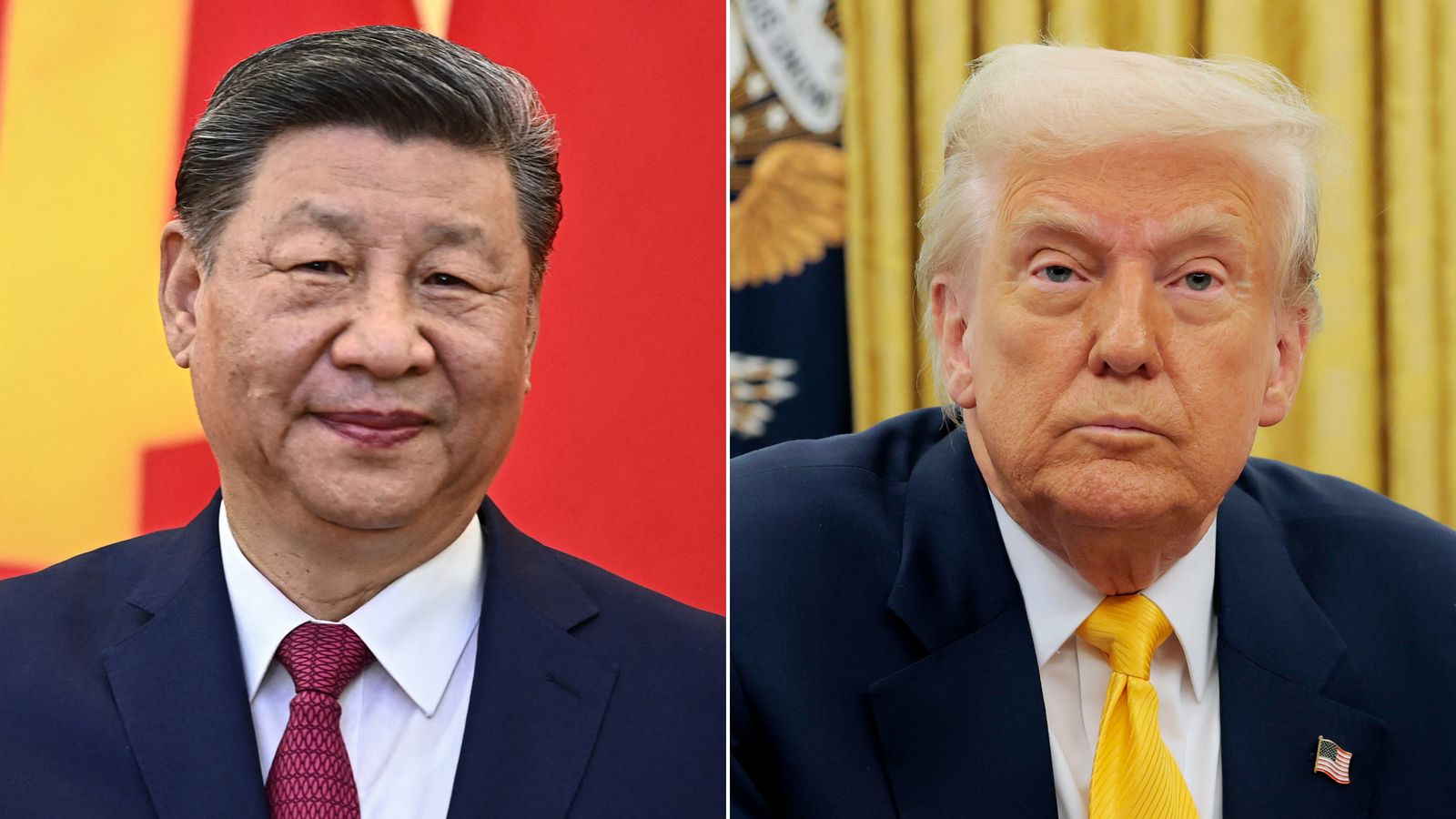
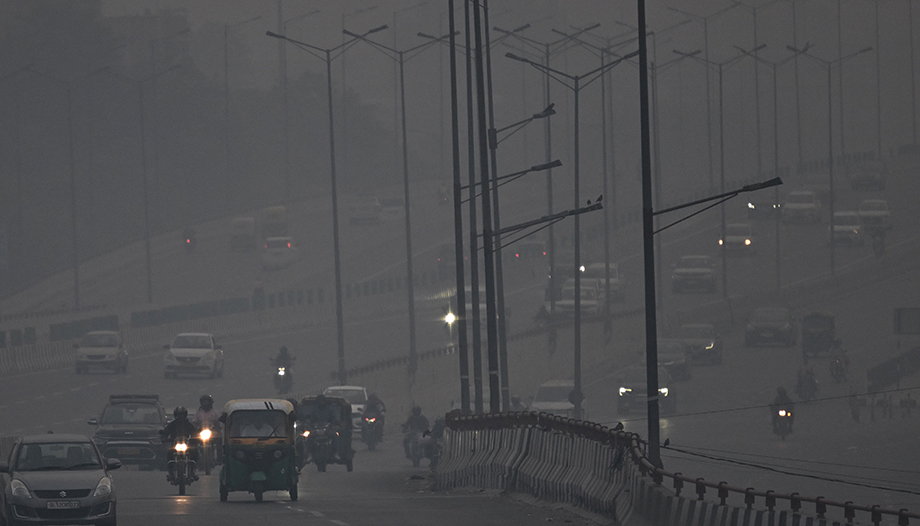
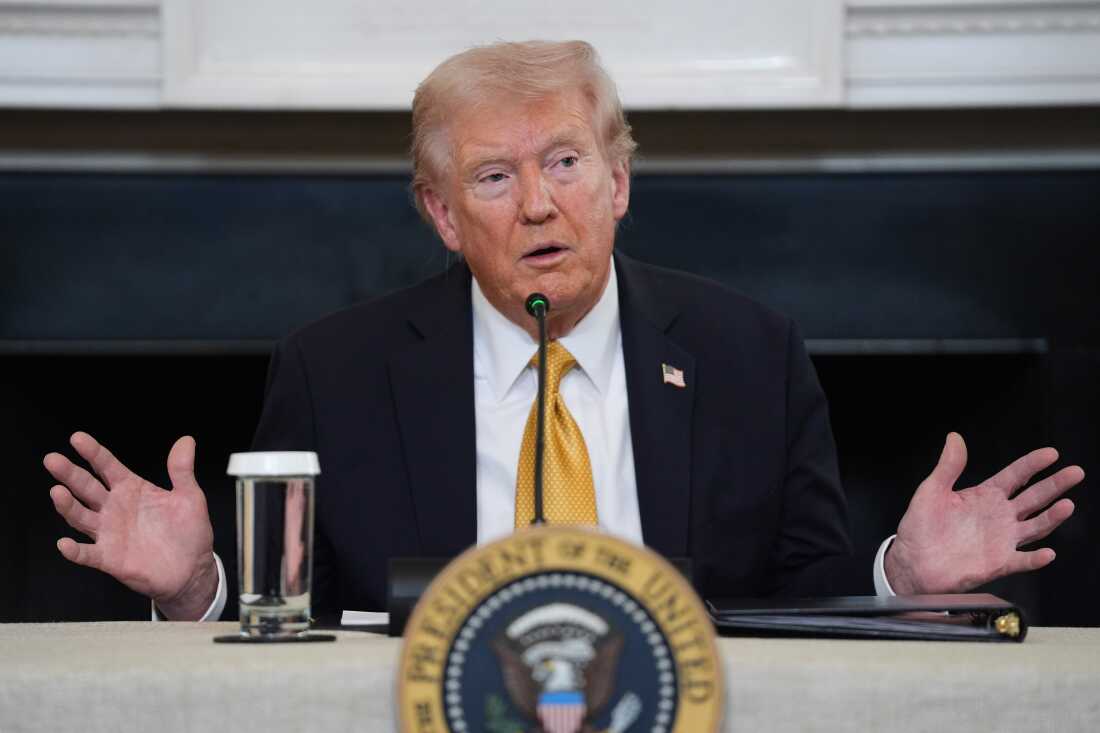
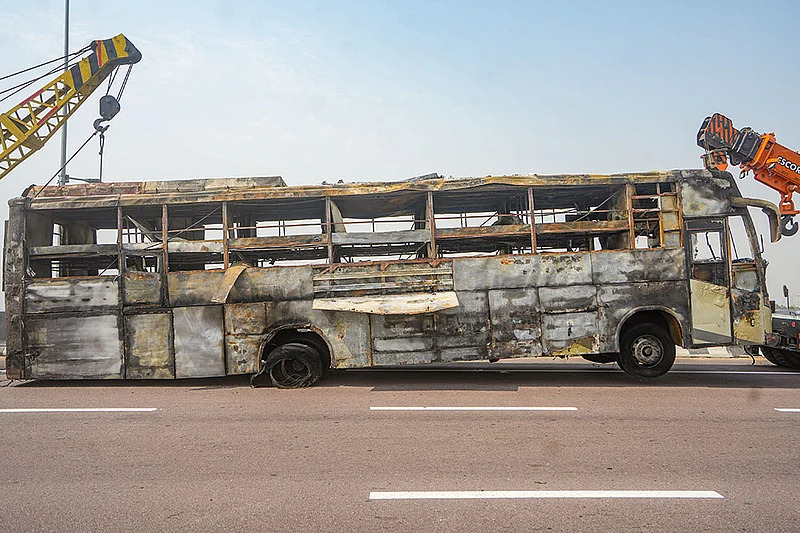
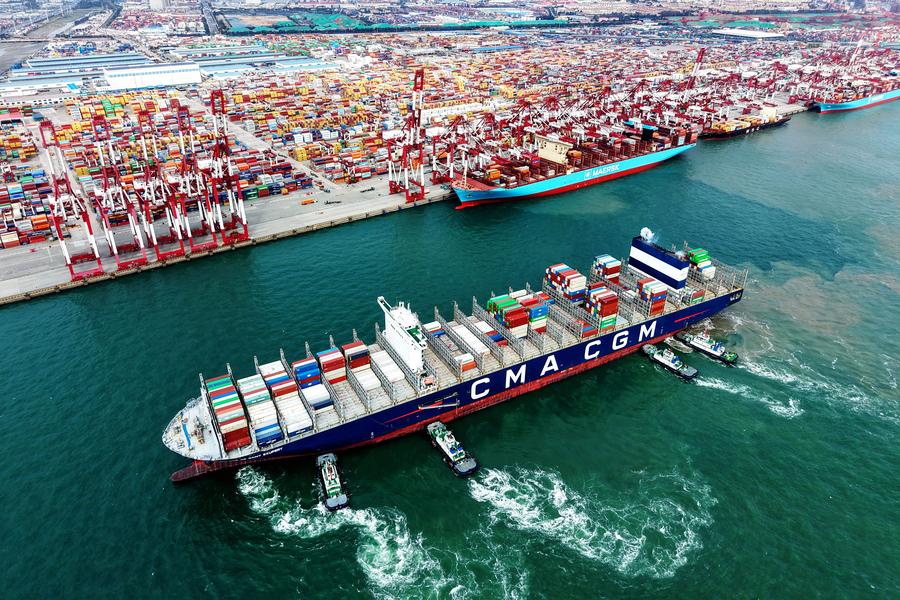
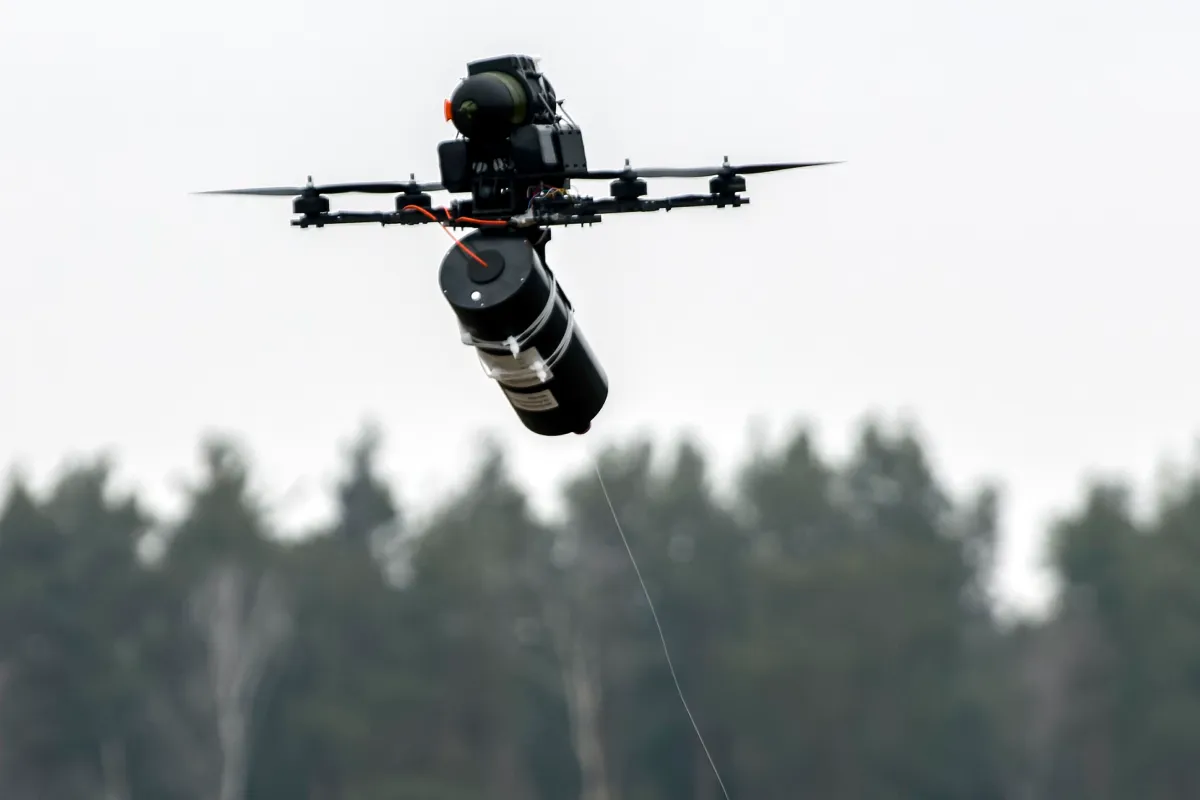
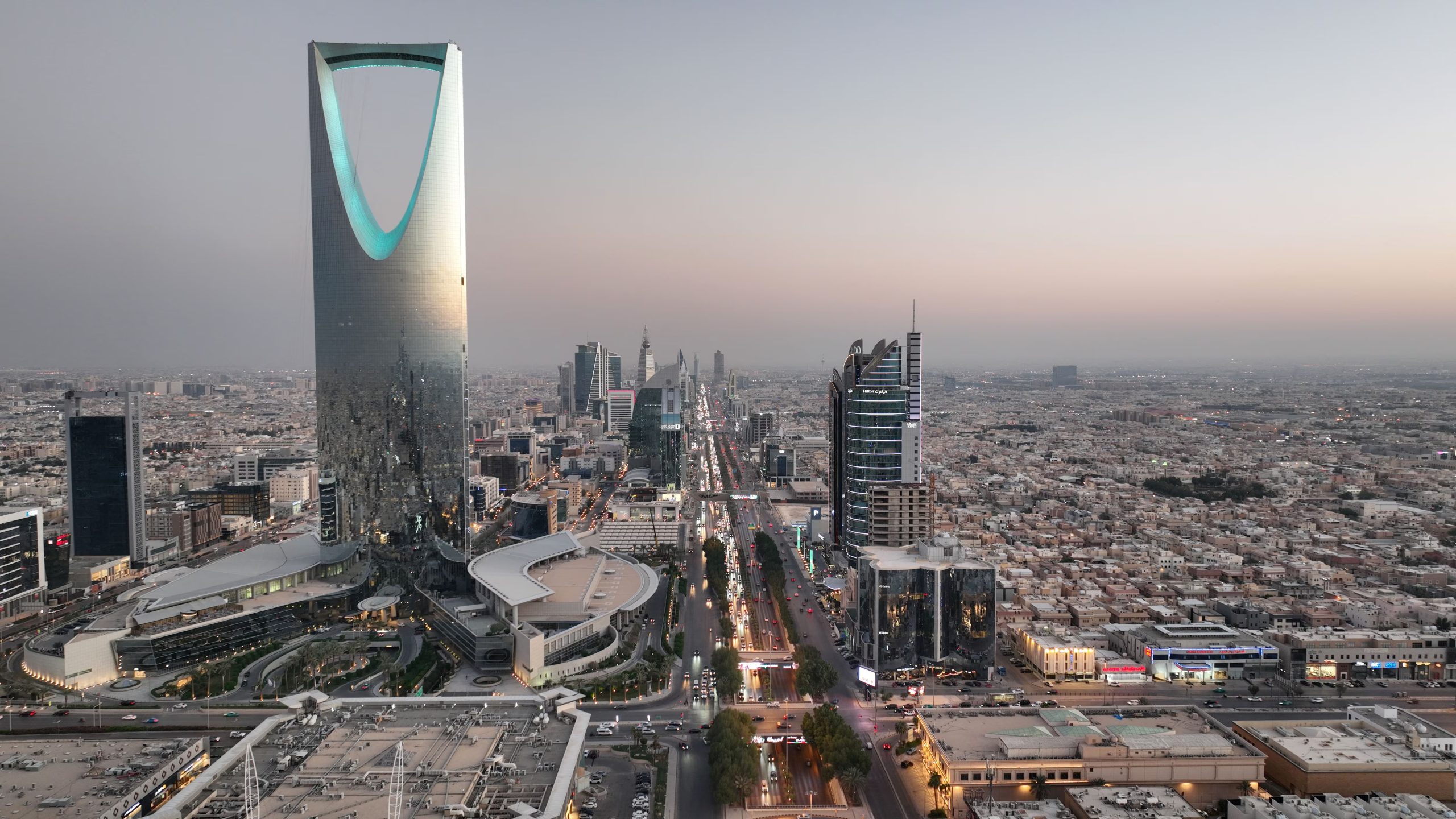
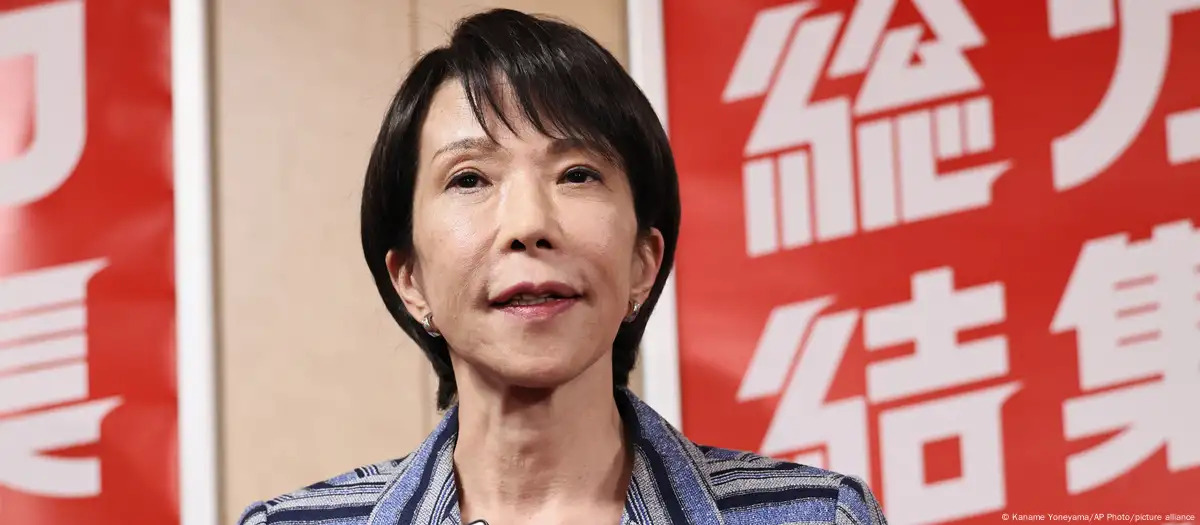
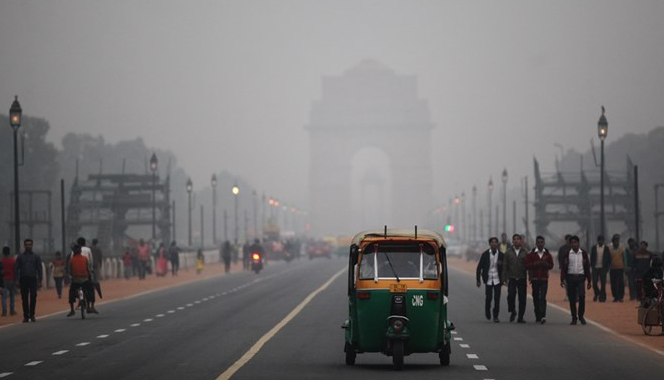
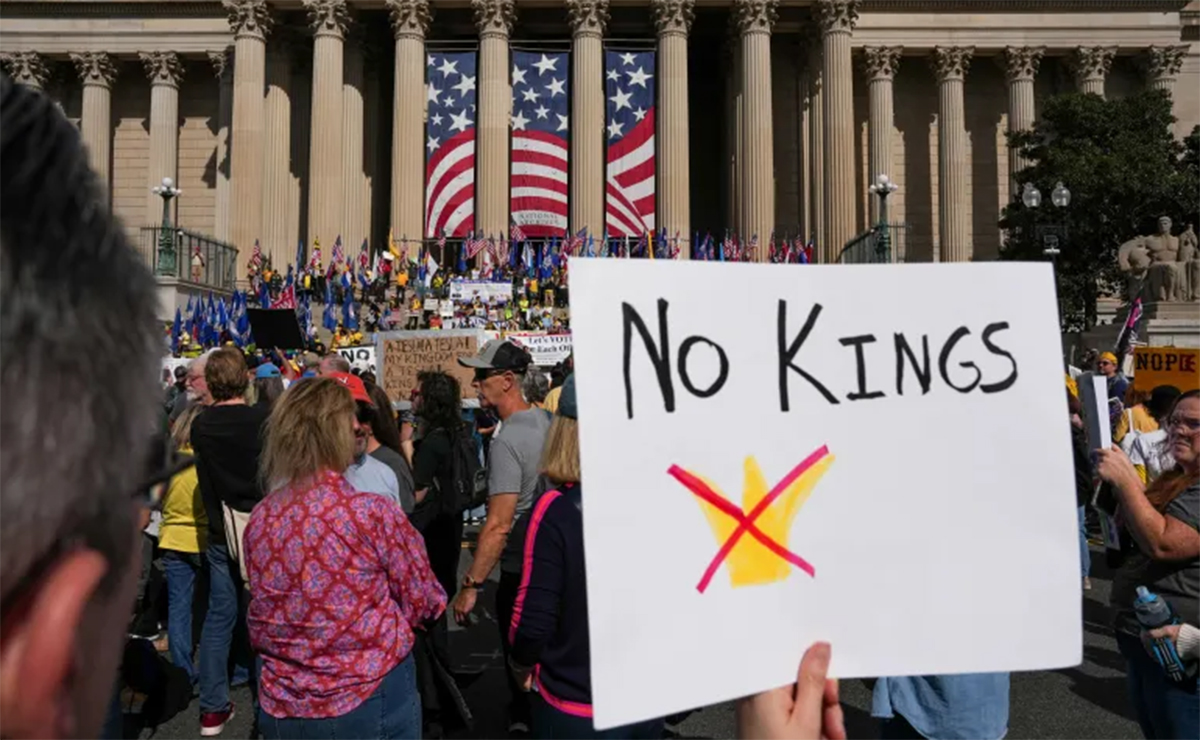
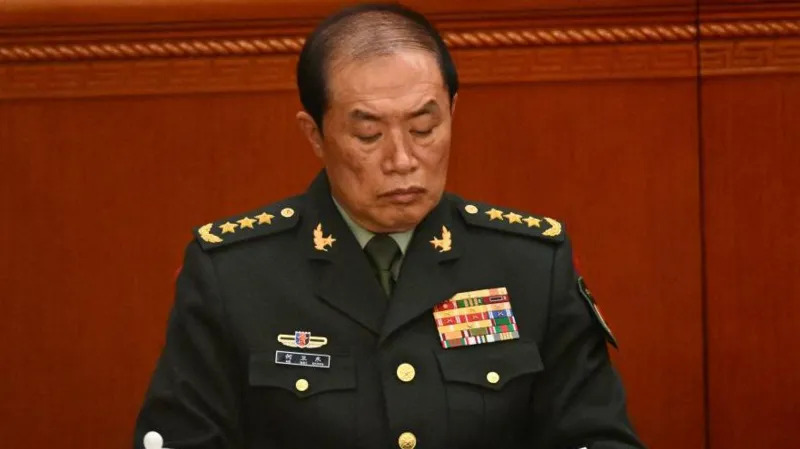
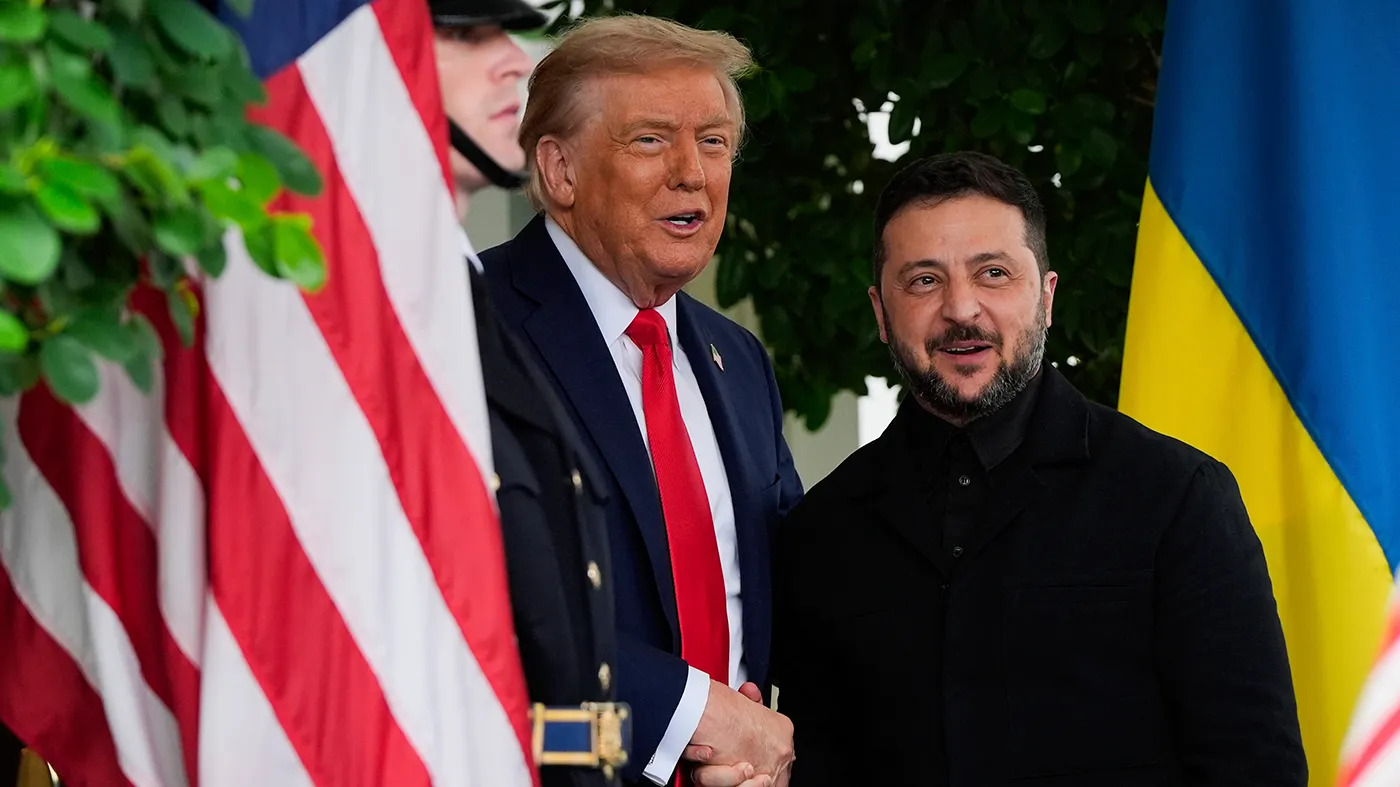

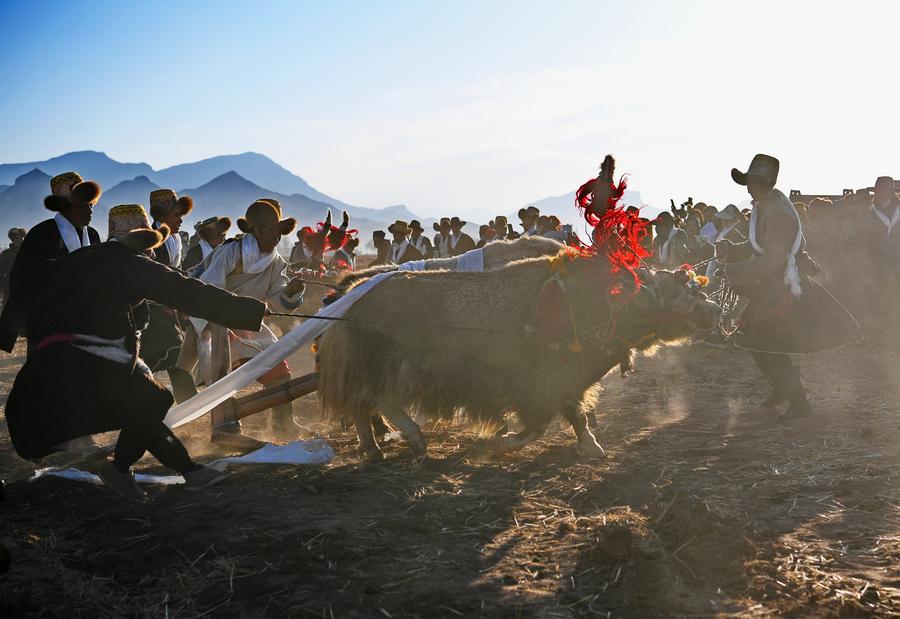
Comments:
Leave a Reply